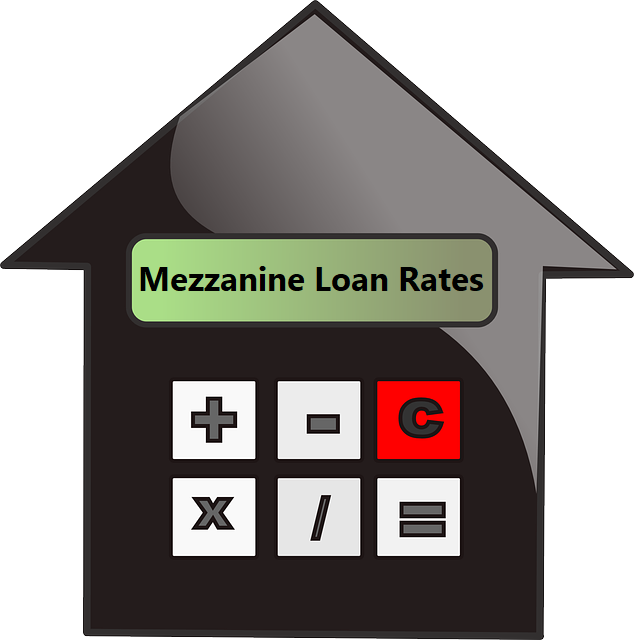Understanding Mezzanine Debt Warrants: An In-depth Explanation
Understanding the dynamics of mezzanine debt warrants is crucial for businesses engaged in financing transactions. These warrants play a vital role in bridging the gap between contractual interest payments and the desired rate of return for lenders. By comprehending the four components of mezzanine debt pricing and the mechanics of warrants, borrowers and lenders can navigate these agreements more efficiently.










